I love a good Christmas market. For me, it’s a nice pause moment where I switch off from work and let my senses be overloaded with flashing lights, the smells of roasting chestnuts and mulled wine, amplified by the sound of laughter. Christmas markets, for me, are rooted in tradition and nostalgia, yet often I come away from these markets feeling a little let down.
The reason? I don’t come to a Christmas market for shopping; I come for an experience… I experience first and buy second!
I come wanting an experience that will, for a brief moment, give me that childlike Christmas feeling. For those of us in customer and experience design, Christmas markets should be an opportunity to demonstrate a masterclass in immersive experience design where tradition meets innovation.
The Magic of Nostalgia and Tradition
How do we preserve their charm while embracing the modern?
How can we reimagine these markets as not just a destination but an unforgettable experience?
Let’s unwrap this like a child in the 90s unwrapping there Sega Mega Drive on Christmas Day.
I guess if you were to ask people why they go to Christmas markets, I imagine they are not going to say it’s to look at the stalls that are now all selling the same imported stuff.
I also imagine they wouldn’t mention the overcrowding, shocking layouts, overflowing stinky bins, or the fact that they are often full of party goers who have clearly had one too many eggnogs.
What I think would come up is that they want to feel a certain way. They want something that reminds them of yesteryear an experience that provokes old memories, moments of joy, and an opportunity to just be more human with each other. Something that leaves a lasting impression on them. Christmas markets can create macro moments for their customers.
As an adult, think about seeing your child’s face when they see a giant Christmas tree light up for the first time, or seeing Santa and his reindeer.
What about a (new or old) couple’s first experience at a Christmas market?
Then there’s the family’s annual tradition of finally getting everyone together at once. In the UK, where the average life expectancy is 83, let’s say Mum and Dad start going to Christmas markets as a family when their child turns 24. If they stop attending at age 75 due to accessibility, that means they have 26 cherished Christmas market moments together assuming all goes well.
Yet nearly every market misses the opportunity to move Christmas markets from festive fun to festive magic…
Christmas markets thrive on nostalgia. The smell of chestnuts and twinkling lights pull on our emotions and catapult us into a Christmas feel we crave. Today’s visitors expect more; it’s less about spending money and more about spending time.
The Challenges of Today’s Markets
At its core, Christmas markets are about community, craftsmanship, and festive joy. We need to keep these elements be it traditional food or cultural rituals. What we are really craving is an authentic experience. To elevate the Christmas market experience and keep customers wanting to return, we need to look at how we design their journey. We need to excite them before they buy a ticket, right through to when we wave them goodbye. We need to design every touchpoint. It can start with answering some big simple questions:
What does their pre purchasing experience look like? How can we personalise their specific visit to the market?
How are they travelling? How are we building excitement? What is their first “aha” Instagram moment? What does the grand entrance look like?
How are their senses stimulated? How are they engaged and nudged through their experience? How are they becoming an active part of their experience?
How are we surprising them with moments of chance a secret choir, for example?
How does their experience slowly and nonabruptly come to a close? How do they leave the market? What is the last “wow” moment? How might they want to stretch out their experience?
Obviously, as soon as we start to answer these questions, it opens up more and more questions. But this is the power of meso experience design.
When mapping out the customer experience with experience design, it’s about emotional compounding and emotional momentum. You have mastered this meso design when a customer plays back a story rather than a list of disconnected interactions. But how can technology help or hinder the journey?
Technology Doesn’t Tank Tradition
This is a very delicate balance. Technology can and will elevate an experience, but it can also rocket us out of the experience we are going for.
Look at Ibiza and the dance scene to see this come to life. It’s less about love and being in the moment and more about capturing and sharing the moment rather than being in it. We have gone from community and connection
to phones out first.
However, technology to me is the enabler; it’s not the experience. With things like AR, AI, smart wristbands, cashless systems, simple location tracking and geofencing, scent machines, and more, the low hanging fruit could be:
Augmented reality transforming static nativity scenes into interactive stories. Picture visitors pointing their phones at a Christmas tree and seeing virtual elves climbing to hang ornaments or discovering hidden treasures in an AR scavenger hunt.
Apps that help visitors navigate markets without losing their group.
Virtual maps.
Personalised digital on demand content. Imagine a child scanning a QR code and it’s Santa telling them he’s received their letter with the things they want for Christmas.
Cashless systems mean the reliance on wallets and mobile contact payments is not needed.
Think about the scent of mulled wine wafting through the air.
How about the interaction with a vendor who remembers your name from last year?
Similar to Disney’s wristband, smart wristbands allow for crowd control, tracking of guests, along with their digital DNA collected beforehand (e.g., preferences, bookings made, any allergies, their drink of choice). It’s about using their data responsibly to elevate the journey.
These little moments don’t stand alone they enrich the macro experience, making it unforgettable.
Using new innovation and technology doesn’t take away from the experience; when done right, it elevates it. The risk is when we go too far, designing fast burn experiences i.e., Instagram moments only then we lose the warm human connection that Christmas markets are all about.
Creating Deeper Emotional Connections and Nostalgia
Christmas markets are spaces where visitors reminisce about childhood memories while creating new ones with loved ones. I believe the secret to making these markets unforgettable and ultimately helping to keep them around for years to come is to move from transactional to fostering emotional connections with activities provided by vendors. For example:
DIY ornament making.
Wreath workshops.
Traditional cooking classes.
Having these moments where customers not only take home a souvenir but also the memory of making it and creating new bonds with new friends is where the magic is. Enabling customers to move past just a pre built experience to having an active role in the experience is key to amplifying the nostalgia and internal narrative.
Blending Digital and Physical Experiences
Markets can expand their reach by offering online platforms for remote shopping, live streamed performances, or virtual workshops from the event. Imagine going to the Christmas market, seeing a workshop, and later going home to jump onto an online platform to buy a wreath making kit and join a virtual wreath making workshop.
This is where we stretch out the experience, giving it somewhat of an encore.
Measuring the Magic
Measuring the impact of the experience could be a post on its own, and depending on who you are in that experience, you will measure different things.
I would recommend building a measurement map and back engineering it using a collection of metrics:
Experience: Longitudinal tracking did the experience shape their perception of the season or your brand? Measure emotional alignment how well did the market embody their take on Christmas (e.g., joy, community, connection)? Measure “moments of hidden delight” are there small surprises (e.g., free hot cocoa for kids, unexpected performances) that create outsized joy? Identify and amplify these.
Operational: Leverage passive data collection methods like anonymised WiFi pings to track movement patterns and dropout rates. Why are people leaving? Is it because the service, layout, or something else isn’t hitting home?
Innovation: Pilot cutting edge technologies. How are they helping us increase or decrease the experience? Use wearable wristbands and track body signals, mapping that over their experience to identify emotion recognition or augmented reality experiences to measure excitement in real time.
Product: If there’s an app for the event, track interactions, map usage, and click rates on features like schedules or maps. What’s the dropout rate for usage pre, during, and post experience? Where was it used and for what purpose?
At the macro level, measure the emotional impact of milestone events through feedback on visitor satisfaction and loyalty. For meso journeys, track the flow and coherence of the experience using journey maps and sentiment analysis. Micro moments can be assessed through real time feedback, such as observing smiles at a sensory detail or engagement with interactive installations.
Conclusion: Designing the Magic of Tomorrow
Macro moments, like participating in the annual Christmas tree lighting ceremony or attending a multi generational family outing to the market, become traditions that people look forward to every year. These milestone events create bonds between the market and its visitors, turning one time attendees into loyal advocates.
Meso and micro moments, on the other hand, are the small, sensory details that build emotional resonance. Think about the scent of mulled wine wafting through the air, the soft glow of handcrafted lanterns, or a heartfelt interaction with a vendor who remembers your name. These micro moments don’t stand alone they enrich the macro experience, making it unforgettable.
Christmas markets are at a crossroads where they could lose all meaning. But with thoughtful redesign, they can become great examples of how tradition and modernity coexist. By integrating experience design, embracing innovation, and maintaining their heartwarming essence, these markets can continue to enchant for generations.
Note 1:
As we wrap up the year, I'm filled with gratitude for each of you who has subscribed, supported the book, tuned into the podcast, and engaged with People Produced OS. Your support means the world to me
Wishing you and your loved ones a wonderful Christmas filled with joy and warmth, and a New Year brimming with possibilities. See you in 2025!
Note 2:
I will be moving over to a new newsletter provider at the start of 2025.
If you are already a member here you don’t need to do anything
If your new and want to subscribe please do so on the below link
https://knotanothernewsletter.beehiiv.com/subscribe
Want to design better for your customer or employee, want to move fast when it comes to designing product solutions that are human centric then The People Product OS digital deck is perfect for you. All my ticks and tricks I’ve picked up when designing product and experiences for the likes of Dyson, HSBC, GSK and many more




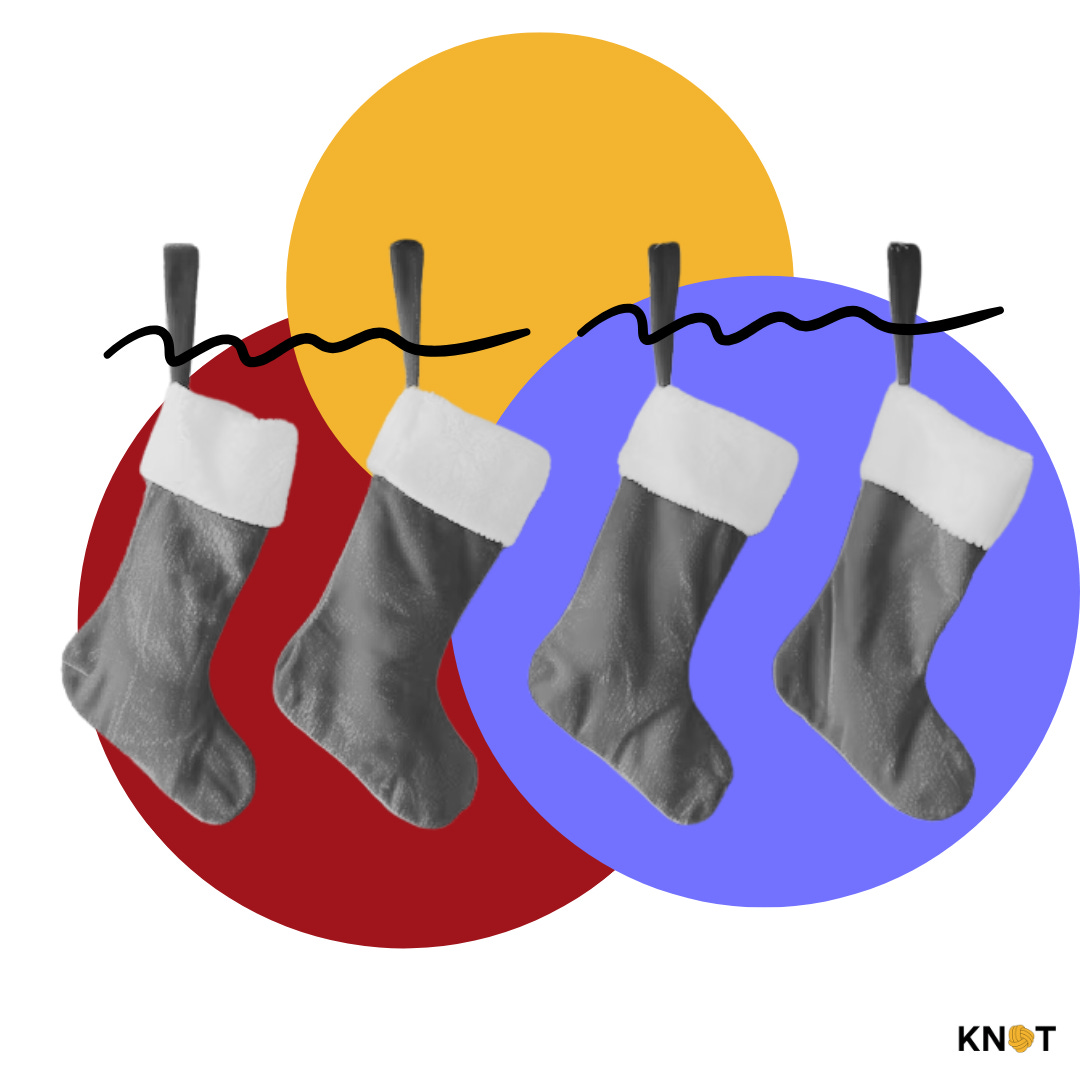
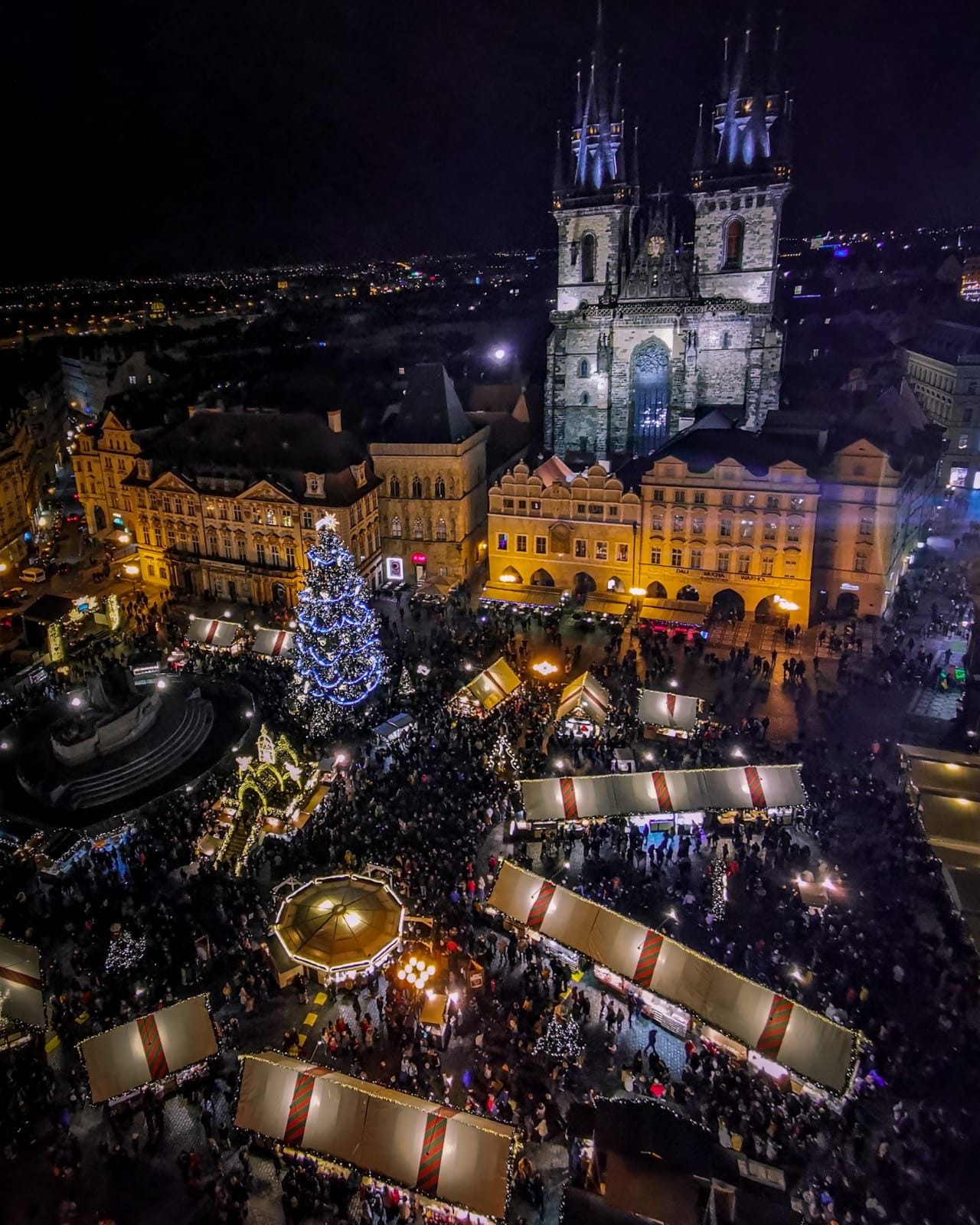
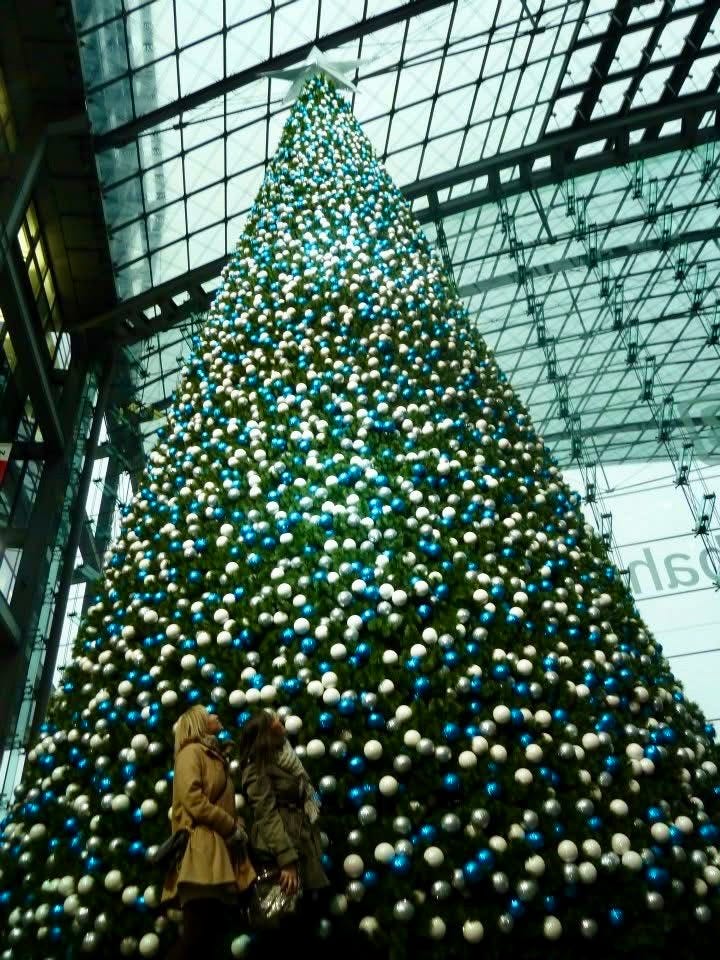
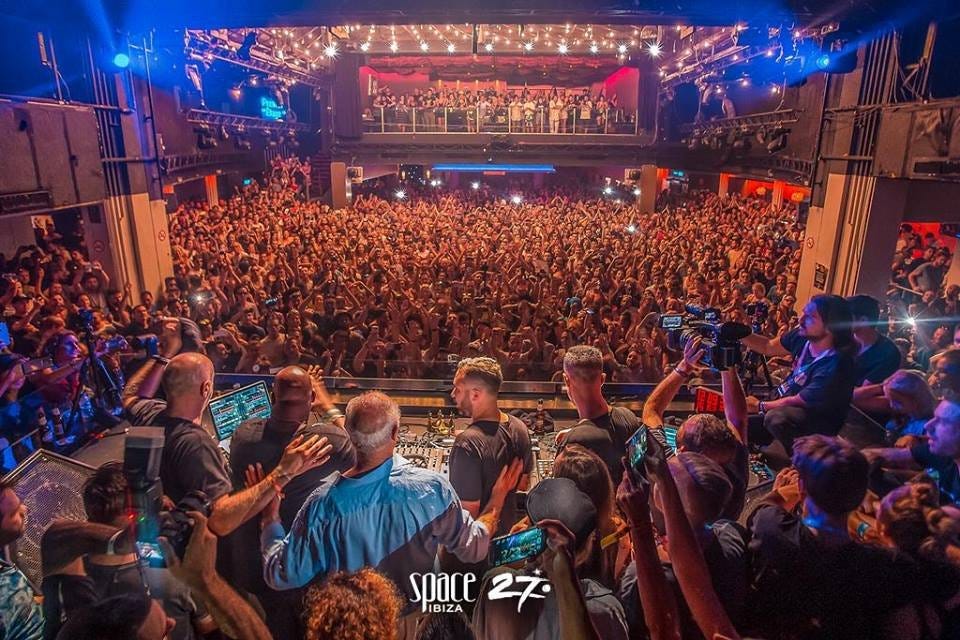
![Anyma & Chris Avantgarde - Eternity (Massano Remix) [Live from Afterlife Chile] Anyma & Chris Avantgarde - Eternity (Massano Remix) [Live from Afterlife Chile]](https://substackcdn.com/image/fetch/w_1456,c_limit,f_auto,q_auto:good,fl_progressive:steep/https%3A%2F%2Fsubstack-post-media.s3.amazonaws.com%2Fpublic%2Fimages%2F0015ff56-37ab-4a55-89b5-2cc218824114_686x386.jpeg)
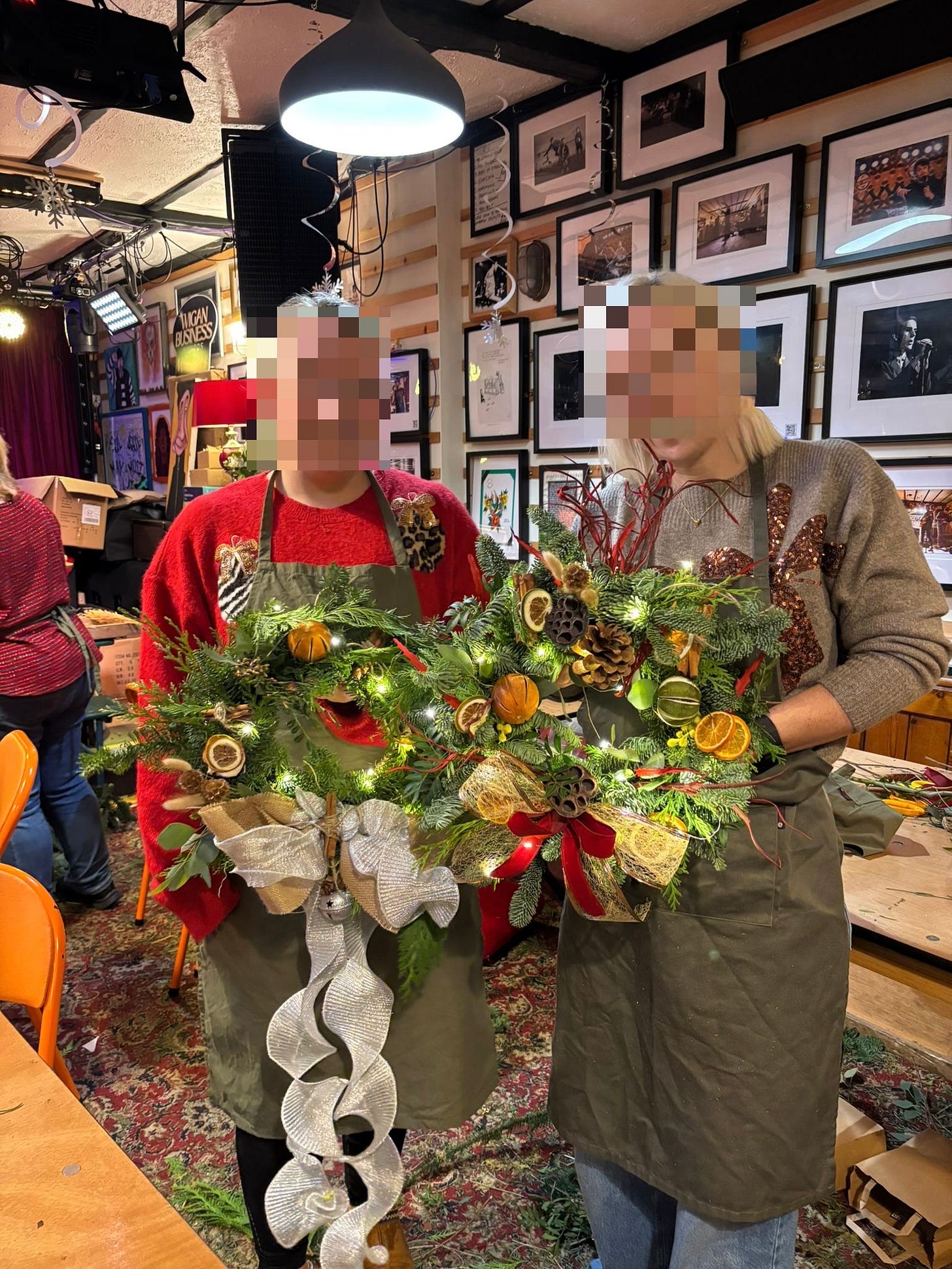
Ps I will be moving over to a new newsletter provider at the start of 2025
If you are already a member here you don’t need to do anything
If your new and want to subscribe please do so here
https://knotanothernewsletter.beehiiv.com/subscribe